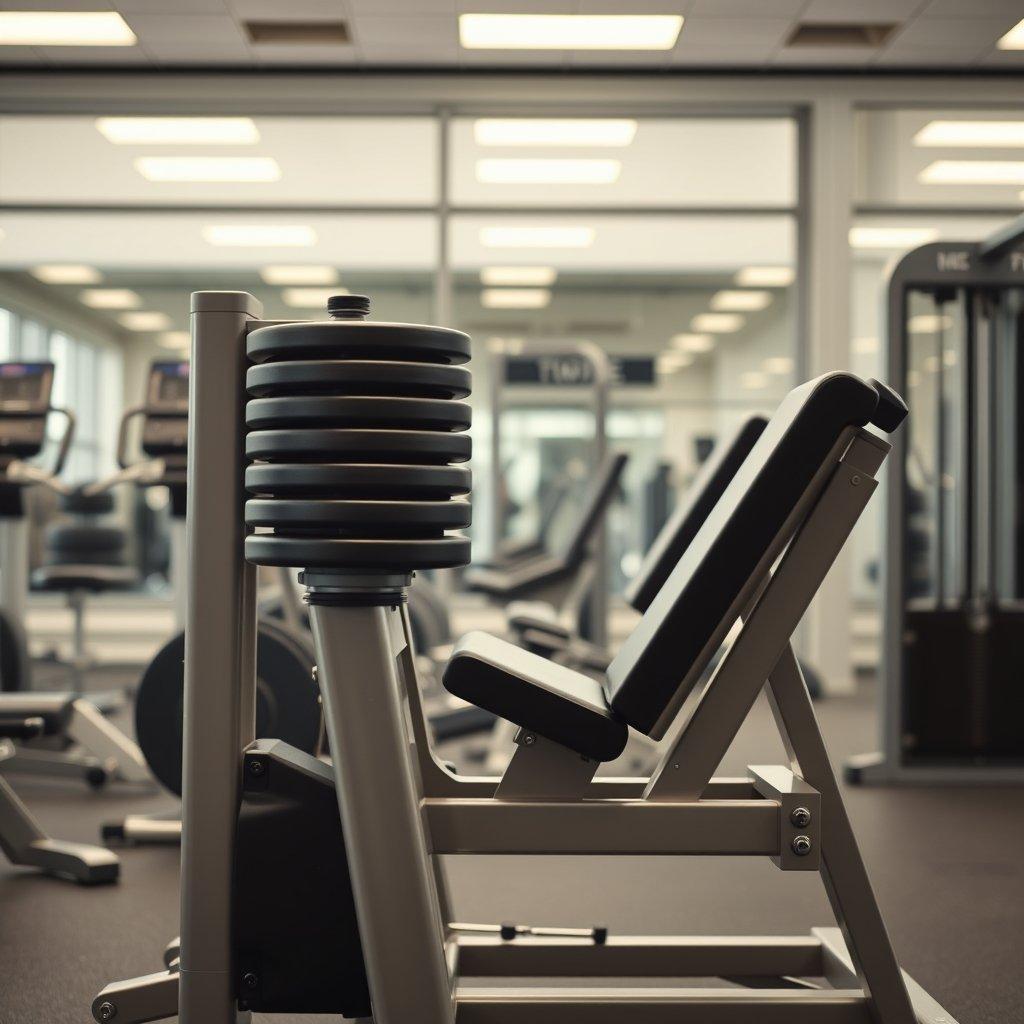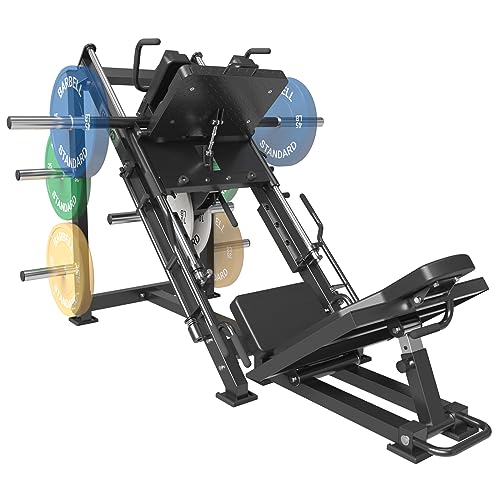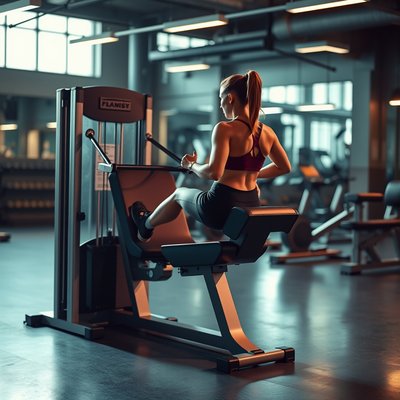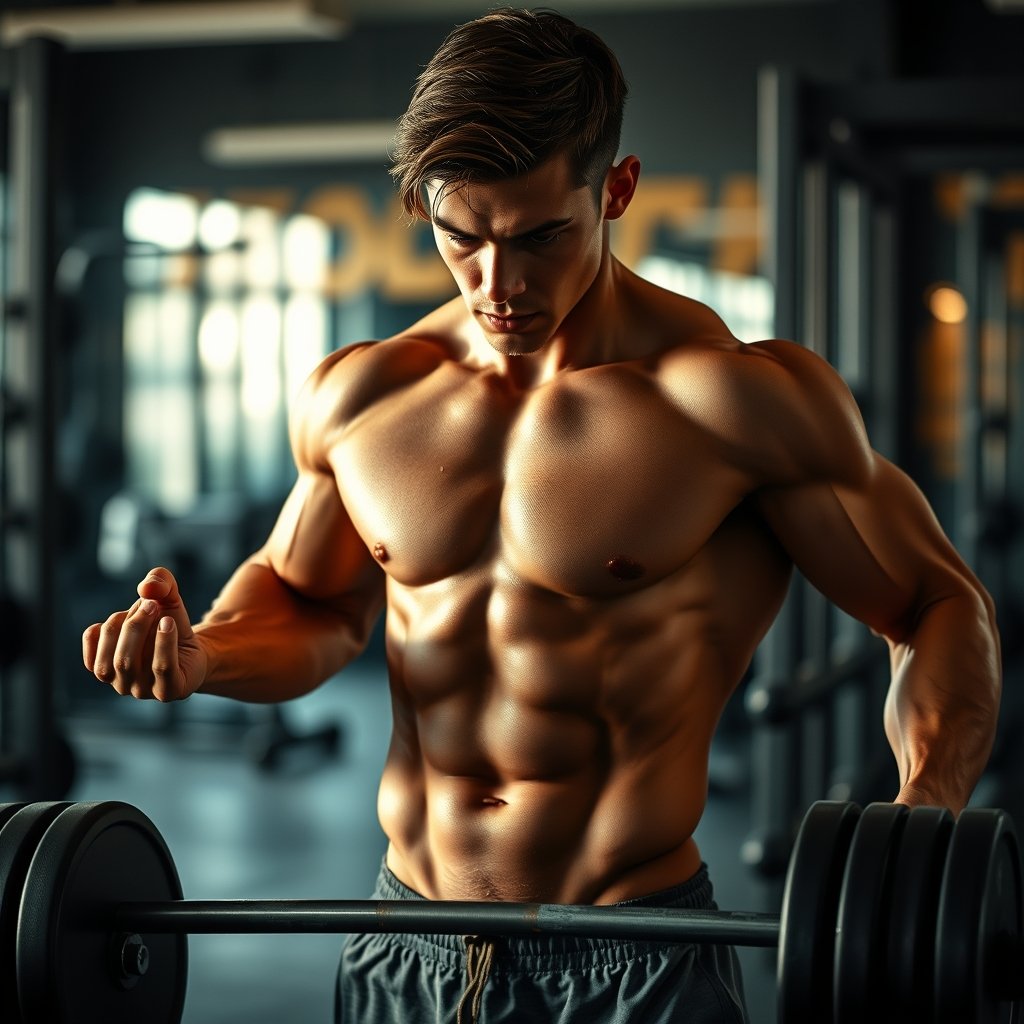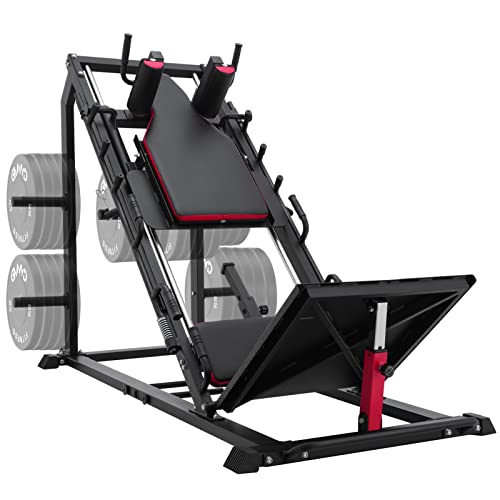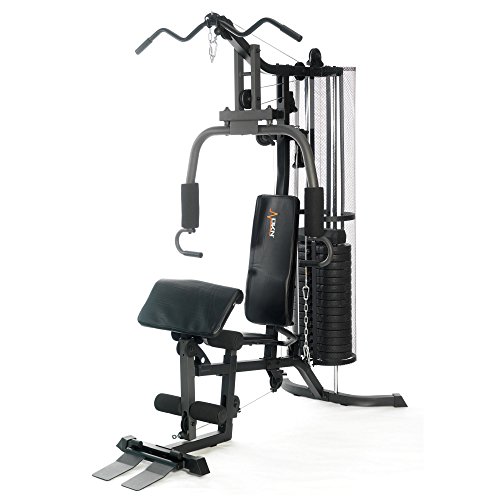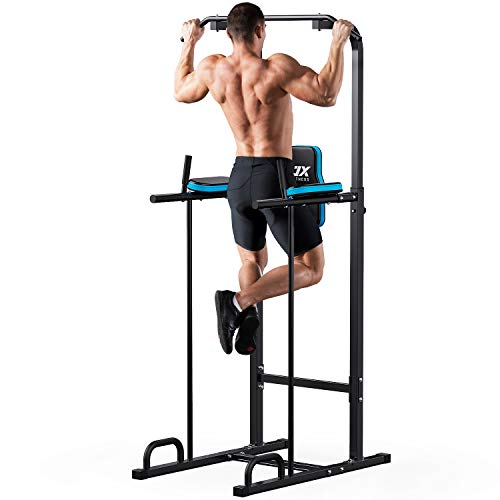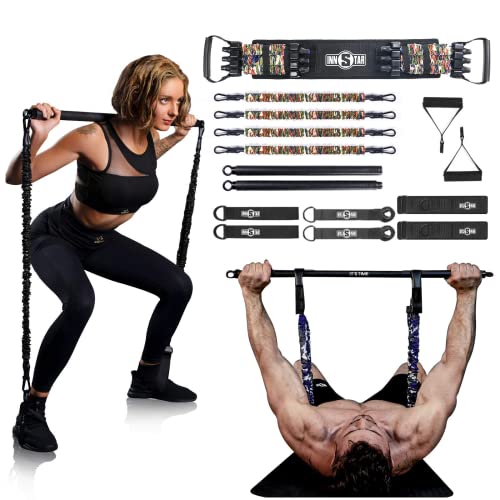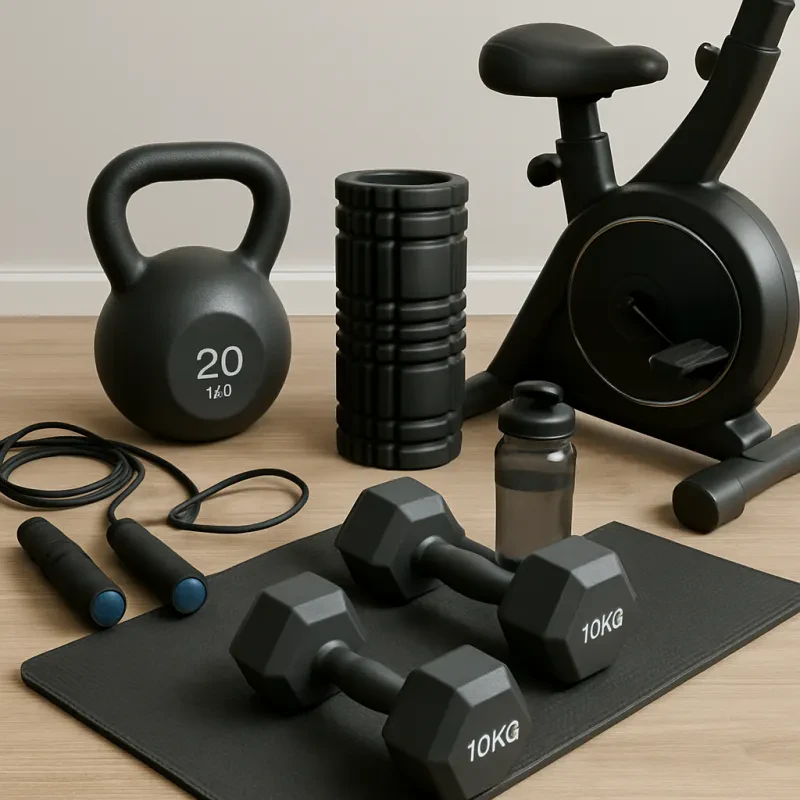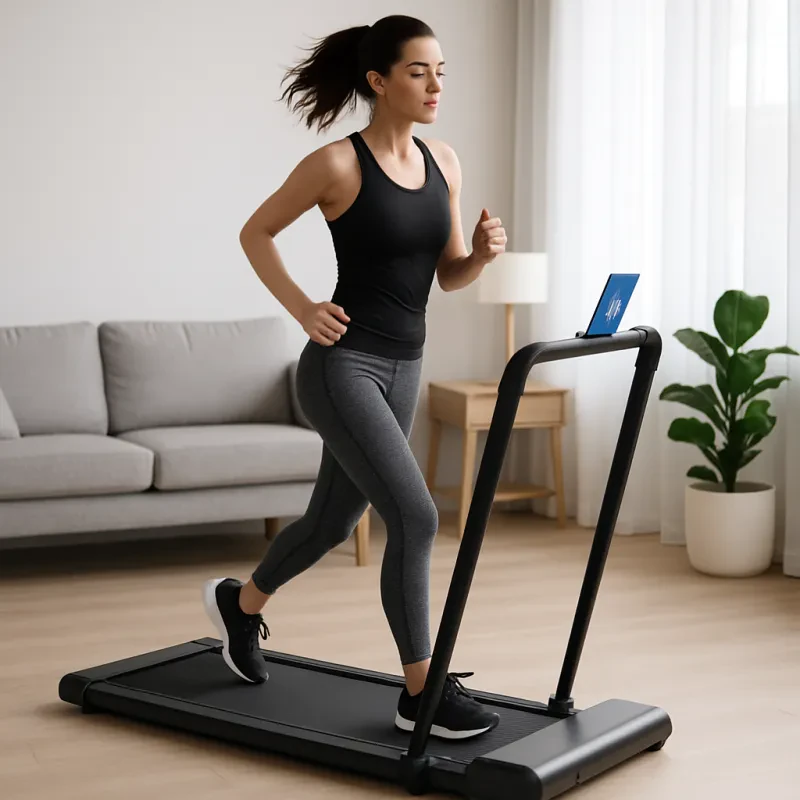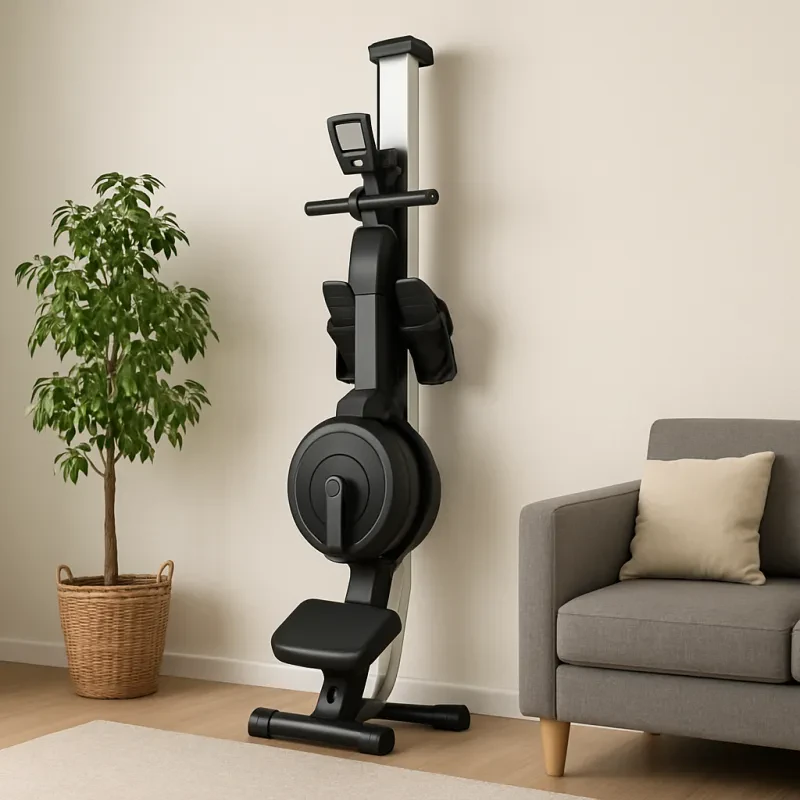Discover the Amazing Health Benefits of Leg Press Machine
For fitness enthusiasts seeking a comprehensive lower-body workout, a leg press machine plays a vital role in building strength, enhancing muscle tone, and improving overall fitness levels. This article aims to shed light on the numerous health benefits of utilizing a lleg press machine.
$1,499.99
4.2 out of 5 starsGMWD Leg Press Hack Squat Combo: 2000lb Weight Capacity
Experience superior strength training with the GMWD Leg Press Hack Squat Combo, designed to handle up to 2000lbs effortlessly
Product information
Product Review Score
Product links
Build Lower Body Strength:
A leg press machine offers a highly efficient way to target and strengthen the muscles in your lower body, particularly the quadriceps, hamstrings, glutes, and calves. By utilizing the resistance provided by the machine, you can progressively overload these muscle groups. This will stimulate growth and promote strength gains.
Enhance Muscle Tone and Definition:
Consistent leg press exercises can help sculpt and define the muscles in your lower body, contributing to a more aesthetic physique. Through the controlled movements and resistance provided by a leg press machine, you can effectively tone your thighs, buttocks, and calves, giving you a leaner and more defined appearance.
Improved bone density:
Weight-bearing exercises, such as the leg press, have been scientifically proven to enhance bone mineral density, reducing the risk of osteoporosis and related fractures. The compressive forces exerted during leg press workouts stimulate bone cells, leading to stronger and healthier bones.
Boost Joint Stability:
Strengthening the muscles surrounding your knee and hip joints is crucial for stability and injury prevention. Leg press exercises target these muscle groups, including the quadriceps and gluteus maximus, promoting joint stability and reducing the risk of sprains, strains, and other lower body injuries.
Enhance Athletic Performance:
Athletes from various sporting disciplines can benefit significantly from incorporating leg press exercises into their training routines. The improved lower body strength, explosive power, and enhanced muscular endurance gained from leg press workouts can translate into increased performance on the field, track, or court.
Rehabilitation and Injury Prevention:
Leg press machines are frequently employed in physical therapy settings for injury rehabilitation. Under the guidance of a qualified professional, a leg press machine can aid in restoring strength and range of motion while minimizing stress on injured joints. Additionally, incorporating the leg press into regular workouts can help prevent common lower-body injuries by building strength and stability.
Conclusion:
With its myriad of health benefits, the leg press machine serves as a versatile tool for fitness fanatics looking to maximize their lower body strength, muscle tone, and overall fitness levels. From building lower body strength and enhancing muscle definition to improving bone density and joint stability, the leg press machine offers a comprehensive workout solution. By incorporating this exercise into your fitness routine, you can achieve remarkable results and unlock your full lower-body potential. Always consult a fitness professional or trainer to ensure proper form and technique for optimal results.
$999.99
4.88 out of 5 starsLeg Press Hack Squat Machine Combo - Home Fitness
Get the ultimate leg workout at home with this Leg Press Hack Squat Machine Combo for optimum fitness in the comfort of your own space
Product information
Product Review Score
Product links
Read about the benefits of cable rows
References:
American Council on Exercise, "Leg Press." Get Fit. Accessed from: https://www.acefitness.org/education-and-resources/lifestyle/exercise-library/54/leg-press
Mayo Clinic, "Exercise for Healthy Bones." Mayo Clinic. Accessed from: https://www.mayoclinic.org/healthy-lifestyle/fitness/in-depth/exercise/art-20047414
Siala W, et al., "Effects of 10-week leg press exercises on bone mineral density and quality of life in postmenopausal women." Journal of Musculoskeletal and Neuronal Interactions, 2014; 14(4):433–40.
